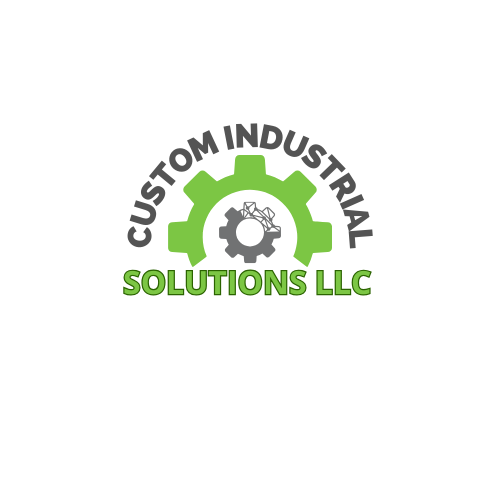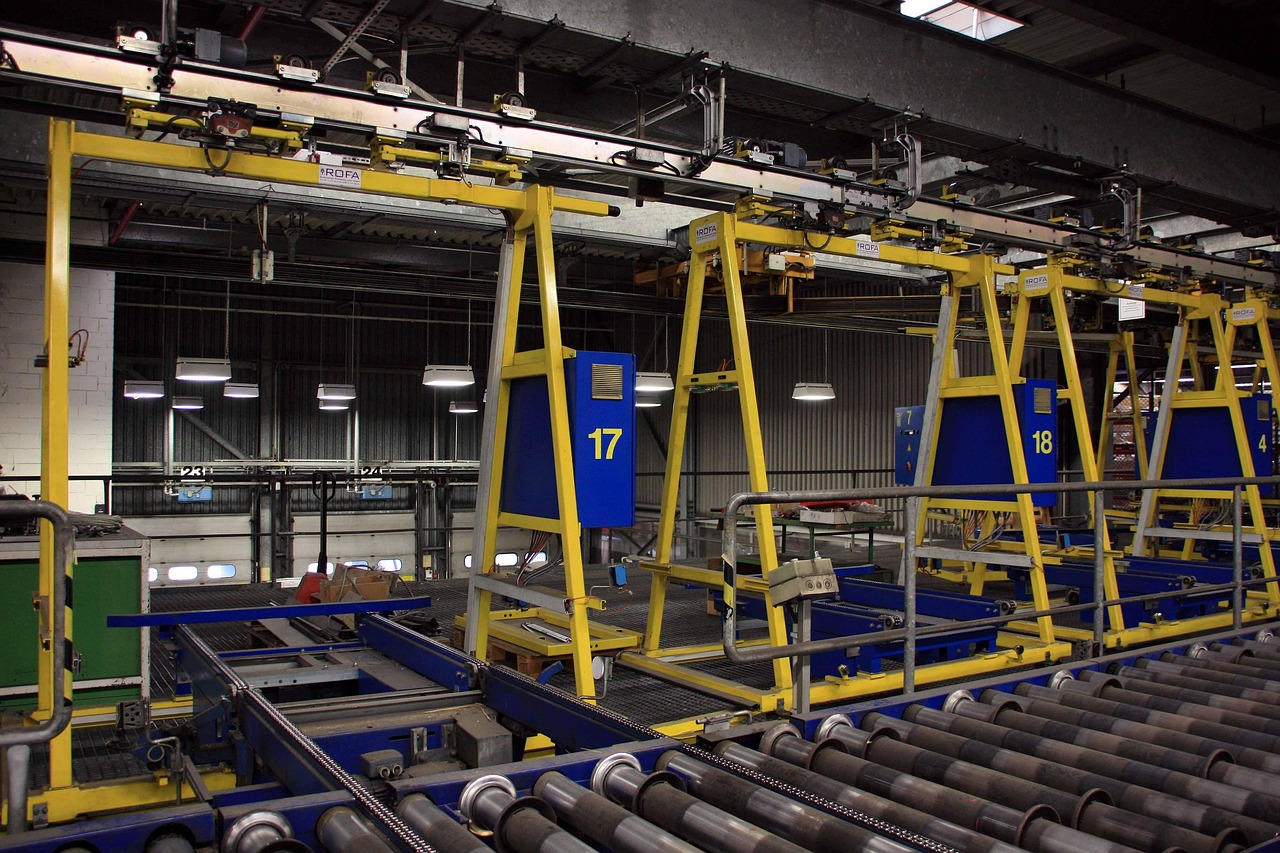Automation is revolutionizing manufacturing industries by improving efficiency, reducing costs, and enhancing product quality. One crucial element in this transformation is custom assembly fixtures, which play a key role in automating repetitive tasks. In this How to Automate Assembly Processes with Custom Fixtures article, we’ll explore how custom fixtures can streamline assembly processes and improve your bottom line.
Why Use Custom Fixtures in Automated Assembly?
Custom assembly fixtures are designed to meet the unique requirements of a product and its manufacturing process. They offer benefits such as:
- Precision: Ensures consistent alignment and assembly of components.
- Efficiency: Speeds up repetitive tasks, saving time and labor costs.
- Quality Improvement: Reduces errors and variability in production.
- Compatibility: Tailored to work seamlessly with automated machinery.
> “When we first introduced custom fixtures into our manufacturing line, the improvements in speed and consistency were incredible. Our error rate dropped by 40%, and production times were slashed dramatically.” – Customer Quote
Steps to Automate Assembly Processes with Custom Fixtures
Step 1: Analyze Your Current Process
- Identify bottlenecks and areas that require improvement.
- Evaluate tasks that are repetitive and prone to human error.
Step 2: Design the Fixture
- Collaborate with a custom fixture manufacturer to design a solution tailored to your process.
- Consider factors such as material durability, precision, and compatibility with existing equipment.
> “One of our clients, a mid-sized electronics manufacturer, shared how they collaborated with us on custom fixture design. This tailored approach cut their assembly time by half.”
Step 3: Integrate Fixtures with Automation Equipment
- Test the fixture with robotic arms, conveyors, or other automated systems.
- Ensure smooth integration to avoid production downtime.
Step 4: Train Your Team
- Provide training to employees on operating and maintaining automated systems.
- Develop troubleshooting protocols to address potential issues.
Step 5: Monitor and Optimize
- Continuously monitor the performance of automated systems.
- Identify opportunities for further optimization of fixtures and machinery.
Benefits of Automating with Custom Fixtures
| Benefit | Description |
|---|---|
| Increased Productivity | Speeds up assembly tasks, reducing production time. |
| Improved Quality | Ensures consistent and precise results. |
| Cost Savings | Reduces labor costs and minimizes waste. |
| Scalability | Easily adapts to new product designs or production volumes. |
Challenges to Address
Automation comes with challenges, such as:
- Initial Investment: Designing and manufacturing custom fixtures can be costly.
- Integration Issues: Compatibility with existing machinery may require adjustments.
- Maintenance: Regular upkeep is essential to ensure long-term reliability.
For more detailed guidance, check out this insightful article by Assembly Magazine on the role of fixtures in automation. You might also find this resource from Automation World valuable for tips on integrating automated systems.
Conclusion
Custom assembly fixtures are essential for automating manufacturing processes effectively. By analyzing your production line, designing tailored fixtures, and integrating them with automated systems, you can achieve significant improvements in efficiency, quality, and cost savings. You can contact us to get a quote for your custom assembly fixture.

